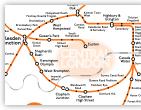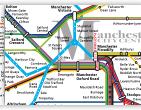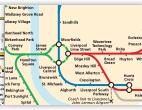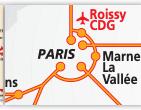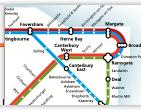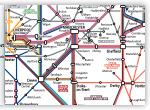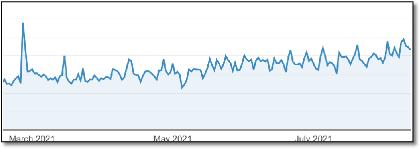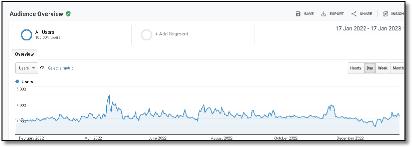Principles
Too much current map design is based slavishly on the London Underground map principles and not enough creative thinking goes into the interpretation of complex modern travel systems. The aim should be to make what is unclear on the ground easier to understand, yet often what is straightforward on the ground is made to look less practical.
Relating to reality
The map designer should not be forcing a network to follow those abstract rules but should look for clues on the ground to show the individuality of the region being depicted. London has a coke-bottle shaped circle line that defines the shape of the west end and city; Europe has the Rhine Valley with its distinctive arrow shape with the east facing point at Mainz; Manhattan has its own distinctive tilt; there's a tilted parallelogram that links Liverpool and Manchester together; there's the axis of a major thoroughfare, river or coastline - these are the shapes and angles that help the user identify with a map. Yes, complex areas need opening out, long station names have to be coped with, but geography is always there.
Innovation
This website hopes to show many innovations.
For example, the new UK rail maps feature 22.5º angles to enable all main lines to radiate from London and to reflect the backbone, or shape, of the country. They also develop a new system to solve the problem of repetitive place names where there are multiple stations on multiple lines. Lines that have natural curves are shown as such and are not forced into an unnatural grid.
The Merseyrail map uses 30º and 60º angles which help to shrink the size of the map to a square and more accurately reflect how the network looks. The balloon loop under Liverpool city centre is shown as such and not forced into squares with the corners rounded off as depicted by Merseytravel. Ticket areas are described better.
The Manchester map indicates the city centre by the use of a large capital M (as seen on roundabouts approaching the city), shows the platform layout at the divided Piccadilly station and shows the GMPTE ticketing area as a simple oval.
The Railteam map shows all stations in Paris, a new way of showing the routes and a much more effective use of space.
The London Overground map interprets the orbital nature of the four disparate lines that formed this politically created network by the use of very shallow curves; a new way to show the central London focus and a different way to show the Thames.
The Valleys map reflects the nature of the South Wales valleys and has English and Welsh versions to avoid the pitfalls of a bi-lingual map.
However, this site is not suggesting that any of its maps are perfect or finished. Experience shows that maps can always improved given time and new information. Also, views and opinion can develop. There is no such thing as the finished, perfect map.
|





